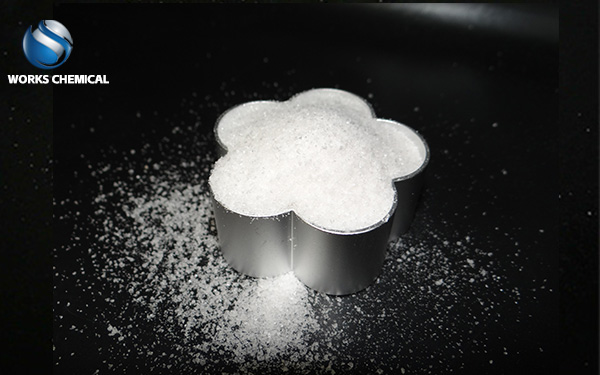
The use of sludge enhancers can indeed make the sludge treatment process simpler and more efficient. The following is a detailed analysis of how sludge enhancers streamline the sludge treatment process:

The role of sludge synergists
Sludge enhancer is a chemical agent specially used to improve the dewatering performance of sludge. It can improve the dewatering efficiency of sludge by:
Damage the colloidal structure of the sludge: the sludge synergist can destroy the colloidal structure of the sludge, so that the sludge particles are easier to separate and dehydrate.
Reduce sludge viscosity: By reducing the viscosity of the sludge, the sludge synergist can make it easier to remove water from the sludge in equipment such as filter presses or centrifuges.
Increase sludge solid content: After the use of sludge synergist, the solid particles in the sludge are more likely to gather together, thereby increasing the solid content of the sludge and reducing the water content.
Two, sludge synergist to simplify the treatment process
Reduce pretreatment steps: After the use of sludge synergists, due to the improvement of the colloidal structure and viscosity of the sludge, some tedious pretreatment steps (such as long stirring, adjusting pH value, etc.) can be simplified or omitted.
Improve dewatering efficiency: sludge synergists can significantly improve the dewatering efficiency of sludge and shorten the dewatering time, thus reducing the running time and energy consumption of dewatering equipment.
Reduce equipment maintenance costs: Because the sludge synergist can improve the fluidity of the sludge and reduce the wear and blockage of the sludge on the dewatering equipment, the maintenance cost of the equipment can be reduced.
Reduce the burden of subsequent treatment: the moisture content of the dehydrated sludge is reduced, and the volume is reduced, which is convenient for subsequent transportation, storage and disposal, thus reducing the burden of subsequent treatment.
Application cases of sludge synergists
Many wastewater treatment plants and industrial wastewater treatment facilities have successfully applied sludge enhancers. For example, after the introduction of sludge enhishers in a sewage treatment plant, the dehydration efficiency of the sludge was increased by more than 30%, and the water content of the dehydrated mud cake was reduced from the original 80% to less than 60%. This not only improves the sludge treatment efficiency, but also reduces the treatment cost, and brings significant economic benefits to the operation of the sewage treatment plant.
Four, precautions
Although sludge synergists can simplify the sludge treatment process and improve the treatment efficiency, the following points should be noted during use:
Select the right sludge enhancer: Select the right sludge enhancer according to the nature of the sludge and treatment requirements. Different sludge synergists have different chemical composition and mechanism of action, so it is necessary to choose according to the specific situation.
Control dosage: The dosage of sludge enhancer should be adjusted according to the nature of the sludge and the performance of the treatment equipment. Too much or too little dosage may affect the treatment effect and economy.
Monitoring treatment effect: In the process of use, the dewatering effect and water content of the sludge should be regularly monitored to ensure the effectiveness of the sludge synergist.
Pay attention to environmental protection requirements: when selecting and using sludge enhancers, relevant environmental regulations and standards should be complied with to ensure that the treated sludge meets environmental protection requirements.
In summary, the use of sludge enhancers can significantly simplify the sludge treatment process and improve treatment efficiency. Reasonable selection and use of sludge enhancers can bring significant economic and environmental benefits to sewage treatment plants and industrial wastewater treatment facilities.